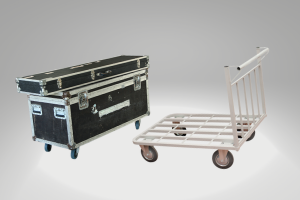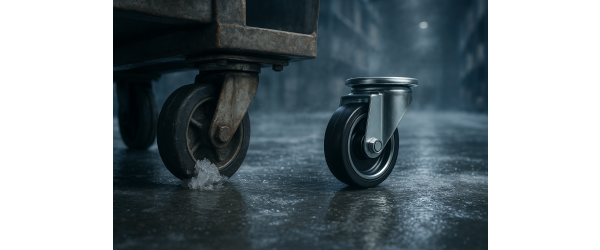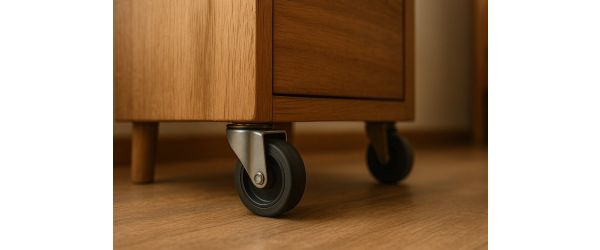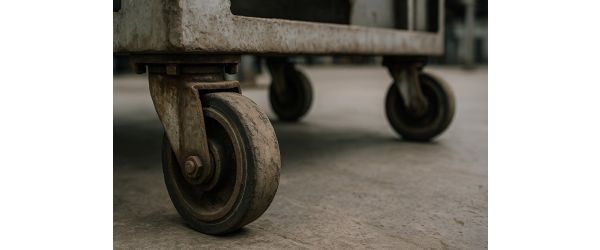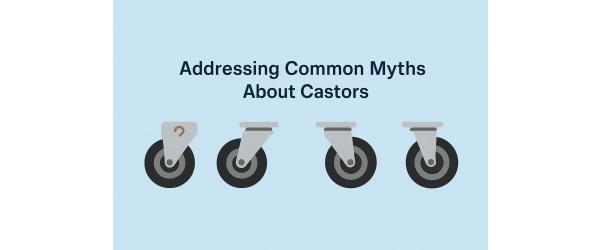When it comes to selecting castors for your equipment, understanding the load capacity requirements is essential for ensuring safe and efficient operation. Castors with inadequate load capacity can lead to premature wear, instability, and potential safety hazards.
In this guide, we'll walk you through the process of determining the castor load capacity you need, empowering you to make informed decisions for your specific applications.
Understanding Castor Load Safety
Castor load capacity refers to the maximum weight that a single castor or a set of castors can support while maintaining optimal performance and safety. Exceeding the load capacity of castors can result in premature failure, compromised manoeuvrability, and potential damage to both the equipment and the surrounding environment.
Factors Influencing Load Capacity Requirements
- Weight of the Equipment: Determine the total weight of the equipment or load that the castors will be supporting. Consider both the static weight (when the equipment is stationary) and the dynamic weight (when the equipment is in motion or subjected to additional forces).
- Distribution of Weight: Assess how the weight of the equipment is distributed among the castors. Ensure that the load is evenly distributed to prevent overloading individual castors and ensure stability during movement.
- Surface Conditions: Consider the type of surface over which the equipment will be operated. Rough or uneven surfaces may exert additional stress on the castors, requiring higher load capacities to maintain stability and manoeuvrability.
- Environmental Factors: Consider any environmental factors that may impact the load capacity of the castors, such as temperature extremes, moisture, and chemical exposure. Choose castors with appropriate materials and construction to withstand these conditions.
Calculating Castor Load Capacity
- Single Castor Load Capacity: Refer to the manufacturer's specifications to determine the load capacity of individual castors. This information is typically provided in terms of maximum weight or load rating. You’ll also find it on each of our product pages.
- Total Load Capacity: Calculate the total load capacity required for the equipment by multiplying the load capacity of a single castor by the number of castors used. Ensure that the total load capacity exceeds the weight of the equipment and any additional factors.
Choosing The Right Castor Load Capacity
- Safety Margin: Incorporate a safety margin into your calculations to account for unexpected loads, variations in weight distribution, or future equipment modifications. A safety margin ensures robust performance and prevents the overloading of castors.
- Consultation with Experts: When in doubt, consult with castor specialists or manufacturers for expert guidance on selecting the appropriate load capacity for your specific applications. They can provide valuable insights and recommendations based on their expertise and experience.
Looking For Advice About Castors?
Determining the castor load capacity you need is a critical aspect of selecting the right castors for your equipment. By understanding the factors influencing load capacity requirements, calculating the total load capacity, and choosing appropriate safety margins, you can ensure safe and efficient operation in your applications.
For a wide selection of high-quality castors with various load capacities, visit Castors Online to find the perfect solution for your needs.
